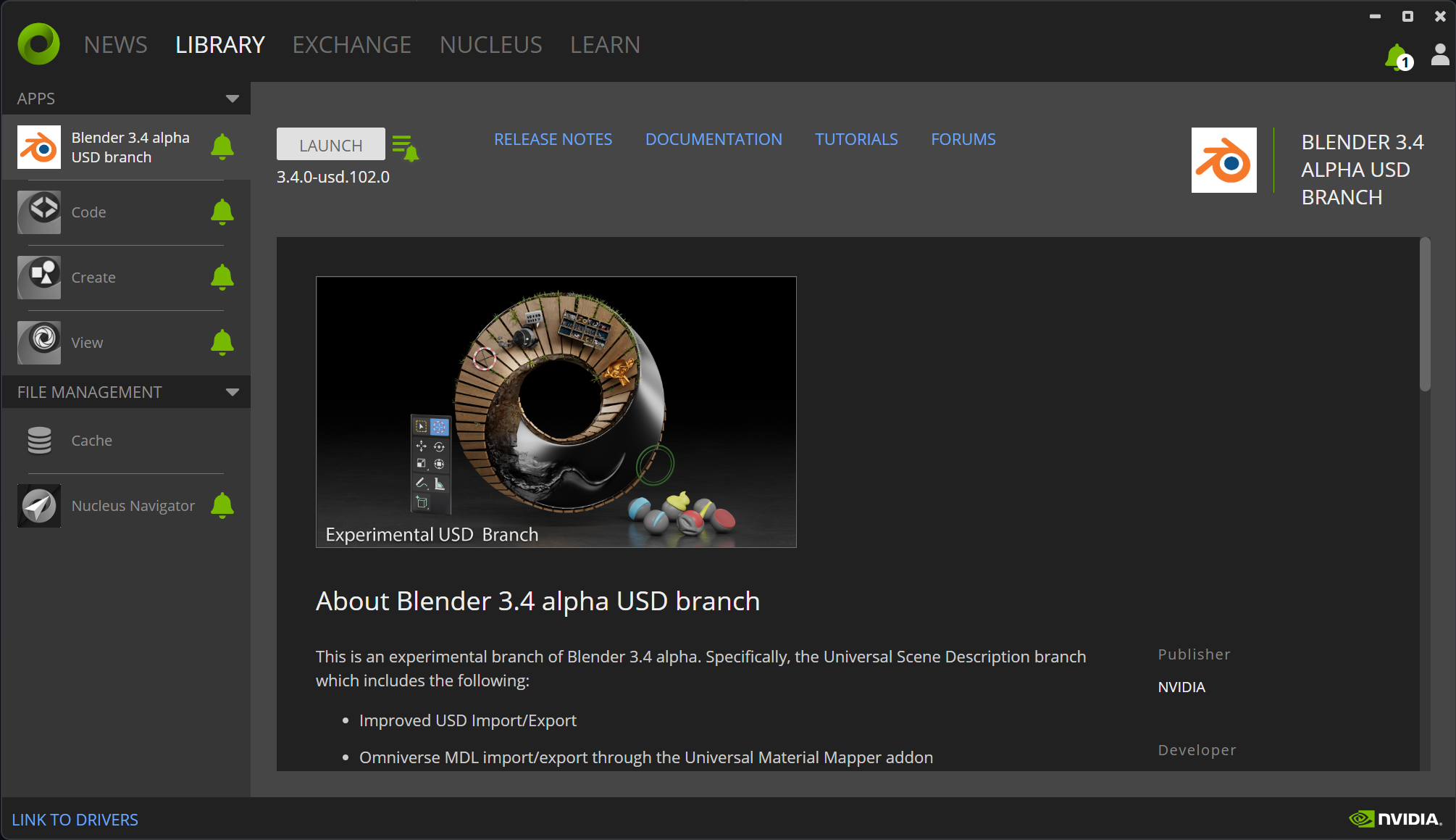Open Source and Professional Creative Pipeline: Are We There Yet?

The concept of open source is with us for some time. In recent years, open-source software and FOSS (Free and Open Source Software) alternatives have become increasingly popular. With the high cost of proprietary software licenses and the need for flexibility and customization, many individuals and companies are turning to open-source solutions. Here, we will explore the benefits of using open-source software and FOSS alternatives in the creative industry.
Opensource does not mean free software.
Contrary to the popular belief, open-source does not necessarily mean free or even cheap software. Open source code should (in theory) ensure the future of the development and security of the code. Free Open-source software allows to use, modify, customize, and distribute, making it even more attractive alternative to proprietary software.
The question is, is it yet an alternative to a proprietary solution? Or in other words: are we there yet in terms of fully integrating open source into professional creative pipelines?
Pros and Cons
Open-source software is now being used in many professional creative industries, including animation, visual effects, and video game development. Many open source software and FOSS alternatives are highly functional and comparable to their proprietary counterparts. Software such as Blender, Krita, Inkscape, Godot, and GIMP (not to mention many Linux OS distributions) has become popular among professionals in these industries. 3D software Blender is also part of NVIDIA Omniverse ecosystem—so it is a part of profesional pipeline already, without any doubt.
Since we can count scientific research into the creative segment too, there are many (and in a way maybe prevalent) packages in the FOSS area.
However, many professionals still rely on proprietary software, such as Adobe's Creative Suite for graphic design, or MATLAB or Wolfram for scientific computing. LaTEX and its clones is an evergreen for scientific writing —in its free form or subscription based solutions, like Overleaf).
Proprietary software is vital for the development of an industry, and open source solutions are important for its sustainability
The reasons are mostly low adoption rate of particular FOSS software in the industry are functionality, performance, steep learning curve, or ignoring industry standards on the developer side.
Perspectives: Hopeful Outlook?
The development of open-source software has improved significantly over the years, since succesful projects have large and active communities that contribute to the development of the software. This has led to significant improvements in the functionality and usability, making it a viable alternative to proprietary software.
There are now many training resources available for professionals who want to use orofessional open-source software. Online tutorials, forums, and communities have made it easier for professionals to learn and integrate open-source software into their pipelines.
Opensource and FOSS is also pivotal in the widespread adoption of software solution or technology—which is clearly visible in the current advancement of AI/ML applications
The use of open-source software can lead to cost savings for companies and individuals. Proprietary software licenses and their management can be expensive, so is license management, particularly for smaller studios and freelancers. The use of open-source software can reduce costs and provide greater flexibility in terms of budget and software customization.
Examples:



